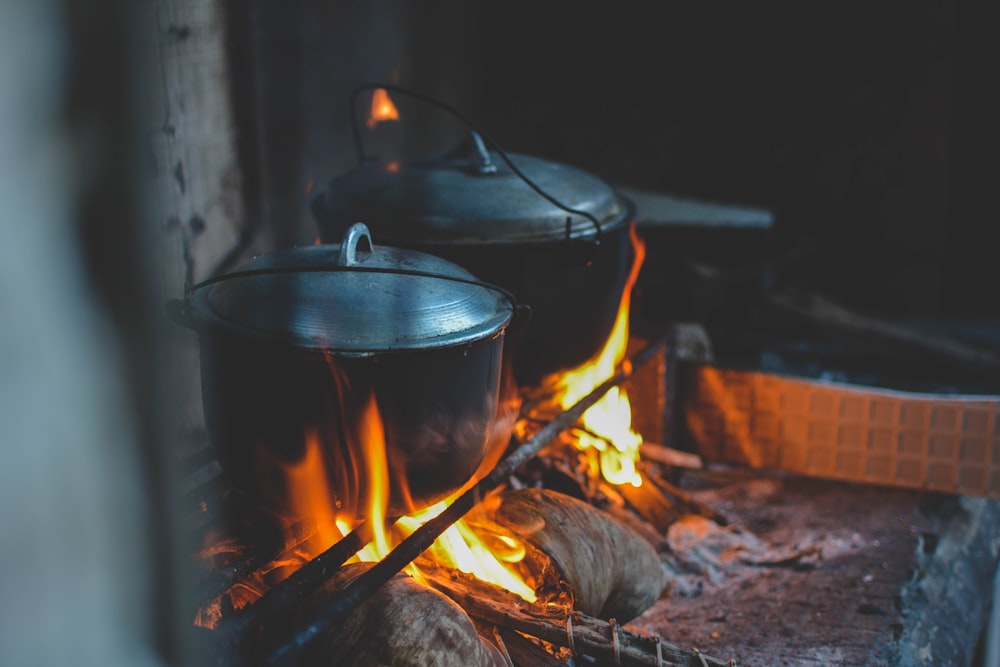In a first for the VCM, carbon credits issued to an independent standard have been publicly recognised to have an Article 6 authorisation. The carbon credit project? A clean cooking initiative in Rwanda that achieves its emission reductions by replacing traditional stoves with highly efficient biomass-fired cookstoves. The Rwandan Governments agreement prevents the double counting of these emission reductions towards its NDC obligations under the Paris Agreement.
The average value of a cookstove carbon credit is ~$5-10 per tonne, however developers say prices need to rise to $30-50 per tonne to really scale the market. One of the issues faced by buyers in the market is whether the carbon avoided represents real additional tonnes. Clean cookstoves should reduce the need to chop down tress, but establishing a baseline to measure against - what would have happened in the absence of the project - is complex.
A key risk factor in assessing cookstoves is estimating the fraction of non-renewable biomass (fNRB), i.e. the proportion of wood and other biomass harvested unsustainably. An fNRB of 0.8 suggests that 80% of the biomass is harvested faster than it regrow. However, some reports suggest that this fraction can be overestimated by a factor of 3-4.
While the agreement with the Rwandan government is a vote of confidence in the cookstove credit market, a lot more investment is required to ensure it can thrive. What’s at stake? Universal access to clean cooking could result in thousands of lives saved each year and an almost 0.9 Gt reduction in CO2eq emissions by 2030.
Across much of the developing world, open fires fuelled by wood, dung or other biomass are used to cook inside the house.
These stoves have adverse health consequences for households, accelerate local deforestation, and emit significant quantities of carbon dioxide. The World Health Organisation (WHO) estimates that smoke from traditional cookstoves is equivalent to smoking 2 packets of cigarettes a day and is responsible for 4 million excess deaths per year.
Some 128 countries currently lack universal access to clean cooking. Almost 2.5 billion people, around 30% of the worlds population can only cook with heavily polluting stoves, 40% of them are in sub‐Saharan Africa and 55% in developing Asia.
There have been improvements over the past decade. The number of people with no access to clean cooking technologies has declined by 0.5 billion since 2010, an annual rate of improvement of 1.7%. A rapid improvement in access to clean cooking technologies in developing Asia (in particular China, India and Indonesia) outweighed a deterioration in sub‐Saharan Africa.
How big could the cookstove market be?
The IEA estimates that only 39 of the 128 countries without universal access have clean cooking targets in place, and fewer than half of these are targeting achieving it by 2030.
Under the IEA’s Announced Pledges Scenario (APS), it is assumed that all clean cooking targets are met on time and in full. If all the targets are achieved it would still leave 780 million people without access to clean cooking technologies by 2030.
In order to meet the IEA’s Net Zero Emissions by 2050 (NZE) Scenario, the annual rate of improvement needs to increase from 1.7% to 4.6% - 2.7 times faster. To make progress as rapidly as projected in the NZE Scenario, investment needs to be focused on sub‐Saharan Africa where countries need to improve their historical rate of progress by 15 times.



